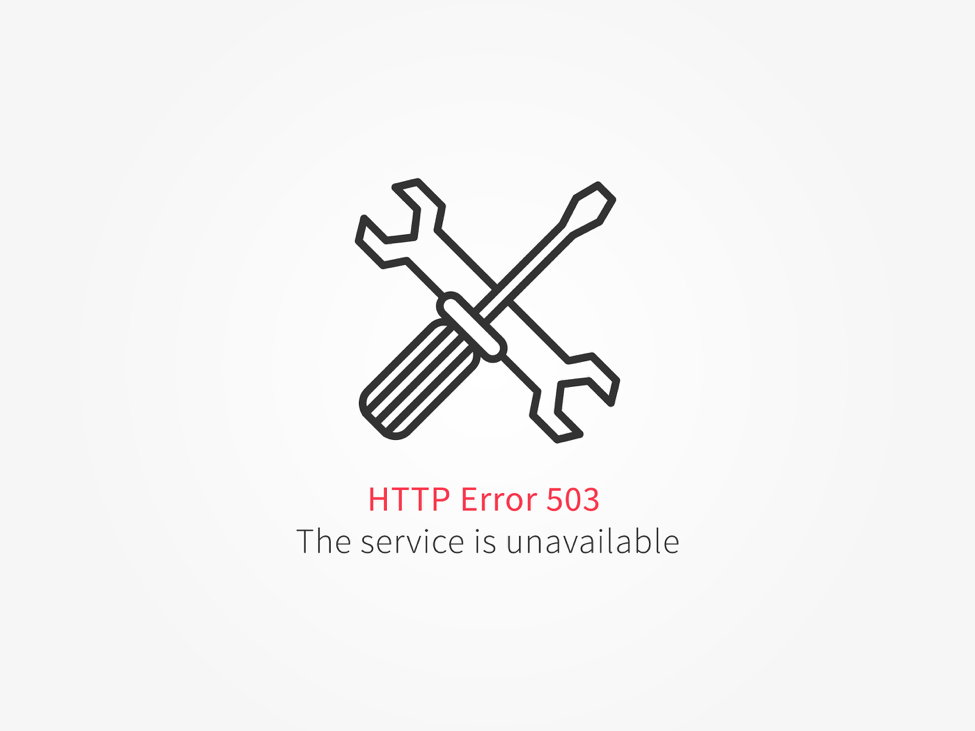HyperText Transfer Protocol, or HTTP codes and redirects, are vital to your SEO efforts. Status code 400 and 500 errors can derail your web traffic, and cause Google Panda penalties.
HTTP codes and redirects can be caused by DNS errors, server errors, and robots failure.
“Sitemaps that contain bad URLs are called “dirty sitemaps”, and they can lead to the engines losing trust in those sitemaps,” according to Search Engine Watch. “For example, providing URLs that 404, 302, 500, etc.”
Understanding HTTP codes and redirects will allow you to avoid status code errors, dirty sitemaps, and Google penalties, allowing you to optimize your search engine results and ranking.
Let’s take a closer look at how this complete guide to HTTP codes and redirects can move your SEO marketing strategy forward in a powerful way.
What are HTTP codes and redirects, and why are they so important for marketers?
HTTP codes are essentially notes from a web server that is added to a webpage. They are not part of the webpage itself, however, HTTP codes and redirects are vital messages from the server, according to Lifewire.
The server uses HTTP codes and redirects to let you know how your request to access a specific webpage went. These little server messages are like sticky notes. Once your browser gets them from the server, they are returned.
It may not sound all that interesting, but make no mistake, HTTP codes and redirects can make a big impact when troubleshooting website configuration errors. They are also helpful for marketers to boost SEO efforts as well.
HTTP Codes and Redirects Happen Every Time You Click
You may not notice HTTP codes and redirects, but they are always there. Every time you click or whip something up in a URL, your browser is requesting access from a web server.
Once the server receives your request to view a webpage, it processes the request, and then allows you access with the HTTP header for that webpage. All this happens behind the scenes, unless there is a problem.
HTTP codes and redirects go relatively unnoticed. That is, unless the web server finds an issue with your request as it processes it to send back. If a problem arises, you will see an HTTP code instead of gaining access to the webpage.
The Google 404 code is the most common of all HTTP codes and redirects. You probably have seen this at least once or twice during your browsing history. And marketers need to know how to locate these errors.
Google support explains, “The Crawl Errors report for websites provides details about the site URLs that Google could not successfully crawl or that returned an HTTP error code.”
Classes of HTTP Codes and Redirects Marketers Need to Know
There are more than 40 unique server codes. However, you will most likely only see a handful. HTTP codes 404 and 301 are two you may be familiar with already.
Getting an idea of what each HTTP code and redirect is pointing to can help your SEO efforts, and keep your website Panda penalty free. These five classes of HTTP codes and redirects are certainly worth exploring.
- 100 status codes. Any HTTP codes and redirects in the 100s is a message from the server that your browser request is still processing and ongoing.
- 200 status codes. These codes are the ones that point toward success. They let you know that your request was received and processed by the server without issue.
- 300 status codes. These redirect codes are sent by the server to indicate that a new resource was submitted, replacing the webpage initially requested.
- 400 status codes. Status codes in the 400s are important to recognize, since these are problematic. They let you know there is an issue with your request to access a webpage.
- 500 status codes. These status codes are also essential to understand. They appear when your request to view a webpage was successful, but there is an issue in the server.
Each class of status codes has several, more specific codes within them, highlighted by Mozilla Developer Network. Each specific code has a very important meaning. Knowing where to find HTTP codes and redirects is a valuable asset if you are running a website with SEO in mind.
Where to Find Specific HTTP Codes and Redirects
Finding specific HTTP codes and redirects that don’t appear due to an error with the webpage or server is not as challenging as you may think. You can utilize browser extensions like Firefox or Chrome, or employ a header-fetching tool and other online HTTP checkers.
Understanding specific HTTP codes and redirects is essential to marketers. You can see how the webpages you are overseeing check out periodically. Here are a few important for marketers to embrace.
- 200 is the server’s way of giving you a thumbs up. It means everything is operational and your request is successful.
- 301 means that the resource you requested has been reassigned. It has essentially been moved to a new URL. 301 redirects are common, and it is used when a URL needs to be redirected to another URL. 301 redirects still give your links SEO juice and they are certainly important.
- 302 is telling you that the server found your request, but is currently dealing with a page from a different location. Even though the site has been moved, requests are still using the prior location. You may lose a bit of your link juice when using a 302 redirect, compared to a 301 redirect.
- 404 simply means that the page you requested is not found. The URL you requested didn’t come up with any matches, and the condition is unknown.
- 410 tells you that the requested resource is gone. It is like moving and leaving no forwarding address. This is not good for SEO.
- 500 is a code used for server problems. If you see 500, you can bet there is an internal issue with the server, and it is unable to process your request.
- 503 means your server is not in good shape. Either it is overloaded at that moment, it is undergoing maintenance, or not operational at all. The 503 HTTP code can be useful, letting search engines know the page is down for server maintenance and not gone forever.
When Marketers Should Use 301 HTTP Code Redirects
Using 301 HTTP code redirects can be useful for marketers. A 301 redirect is simply an HTTP code that is used when a page or URL has been permanently moved to a new one.
There are also useful redirect HTTP codes like 302 and the Rel canonical tag, which is like a 301 redirect. And each of these unique redirects can serve a specific purpose in your SEO efforts.
For example, a 301 redirect will move your inbound links and page records for one URL to another. In theory, it will transfer the prior URL’s past benefits with it.
A 302 HTTP code redirect can be used to temporarily redirect your site visitors while you are doing maintenance or running tests. It will not redirect bots, however, you will be able to keep your traffic value and rankings with a 302 redirect.
The Rel canonical tag is another useful redirect for marketers. It is like a reverse 302 redirect, when bots will be redirected, but visitors will not. However, you will be allowed to have duplicate content users without Google Panda penalties.
HTTP Code and Redirect Tips for Marketers and SEOs
Marketers and SEOs should have a plan in place for dealing with HTTP code errors, and when using redirects. Using 301 redirects instead of 302 redirects may help maintain your link juice.
When you come across an HTTP code 404 errors, you should manually review those pages to get a clearer picture of why the request was not successful. HTTP code 404 errors with valuable links that are up for long periods should be 301 redirected as well.
Customizing 404 pages with navigational options is best practice. This will allow your visitors to reroute their request. Utilizing a Rel canonical tag instead of a 404 page can also save your from a Panda penalty.
Remember that 500 and 503 HTTP code errors are server related. If you come across these error messages, it is a good idea to inspect your server or connect with your web host.
HTTP codes and redirects are not always the bearers of bad news for marketers. Redirects are often quite useful when it comes to keeping your pagerank, mozrank, and traffic value.
Understanding the most common HTTP codes and redirects will help you troubleshoot and keep the Google Panda off your back too. Marketers who succeed simply never stop learning, and this guide aims at facilitating that SEO success.
The post The Complete Guide to HTTP Codes and Redirects appeared first on ProBlogger.
Source: ProBlogger


